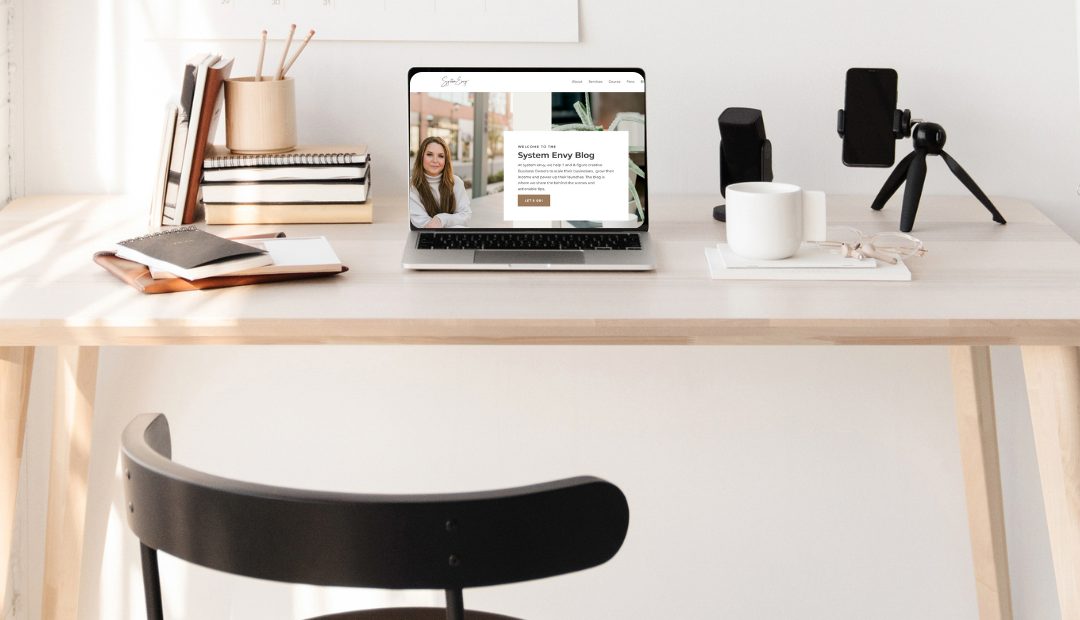
3 Strategies Our Clients Are Using in 2024
It’s a new year, but that doesn’t always mean new strategies! While we love a new ad strategy (I mean, of course), we’re also proud to stick with what’s been working — and with what’s been proven to convert, to earn, and to create bigtime revenue with ads.
This year, this means that we’re focusing on a lot of the same with our clients — because that SAME has been proven to work, time and time again. So, in case you’ve constantly felt the need to pivot, update, and change with the seasons, let me ask you: why mess with what’s broken?
And, hey, don’t get me wrong: we are consistently, consistently trying new things with our clients (and I encourage you to, too). Whether it’s testing new forms of media, playing around with short and long form copy, or switching up the targeting, we rely a lot on newness. However, I’m not a fan of doing new things JUST to do new things — and if we are doing new things JUST to do new things, you can bet your bottom dollar that we’re *still* doing the proven things, too.
Something to think about. 🙂
So, as we lean into the new year, here are the strategies we’re really leaning into to rock ad campaigns for our clients.
3 Strategies Our Clients Are Using in 2024
- Utilizing engagement videos!
Usually, when you think of ads, you probably think of conversions — AKA, courses registered for, landing pages clicked on, and emails submitted. However, I never want you to forget how important it is to build an ENGAGED audience first. Why, you ask? Well, engaged audiences are the audiences who trust you wholly, buy from you regularly, and create consistent streams of income for your business.
This is why my clients — and, hopefully, you! — are focusing on engagement videos this year: short, to-the-point videos that encourage new and existing audience members to watch, connect, learn from you, and, well, engage. (Psst… wanna make it as easy as possible? Save IG Stories you’ve filmed and use them as engagement video ads! Easy, peasy).
- Evergreen webinars, baby!
I am a huge fan of webinars, as they continue — time and time again — to be easy, proven ways to convert audience members into customers. And, while you may have heard that webinars are out, I can assure you that they’re not. In fact, they’re a huge secret weapon to use, especially if you’re launching something like a course or membership that requires a higher investment.
If you’re wondering how to create an evergreen webinar, trust me: there are so many resources that can help you create an incredible one. However, to start, I want you to simply make it TIMELY. What’s a hot topic in your area of expertise that people want to know about? What’s a topic that aligns with your launch? Do some brainstorming here, and then engineer your webinar to have a strong CTA at the end that pushes into your launch. This could be buying your product at an early-bird discount, funneling your audience into an email sequence, or even offering an upsell at the end. Then, once you’ve created your webinar, run ads to it and keep them both on evergreen! Boom, you’ve unlocked a consistent revenue stream.
- Retarget your evergreen webinar watchers with sales ads!
Now, I’m (obviously) a big proponent of recommending my clients to create and promote their evergreen webinars — but I’m ALSO a big proponent of utilizing follow-up sales ads. Here’s what I mean by that: essentially create a version of “cart close” ads that follow your webinar watchers for a certain amount of time (say, 2 weeks to a month) after they watch the webinar.
When you do this, you can create timeliness and urgency, even though your offer technically is evergreen. This can encourage clicks and purchases just like a live offer, without the need to actually make it live. You can follow a typical live launch ad strategy for this, but then keep it turned on to regularly target webinar watchers.
—
While these are a few of the ad strategies my clients are utilizing this year, I really want to encourage you to dig into your goals before you build your strategies. Then, you can use that (hello, personalization!) to figure out what strategies are going to work best for your business, your needs, and you. Hopefully some of the above strategies are helpful for you — and I think they will be! — but remember: focus on what’s been proven to work for *you.* That will make all the difference!
















